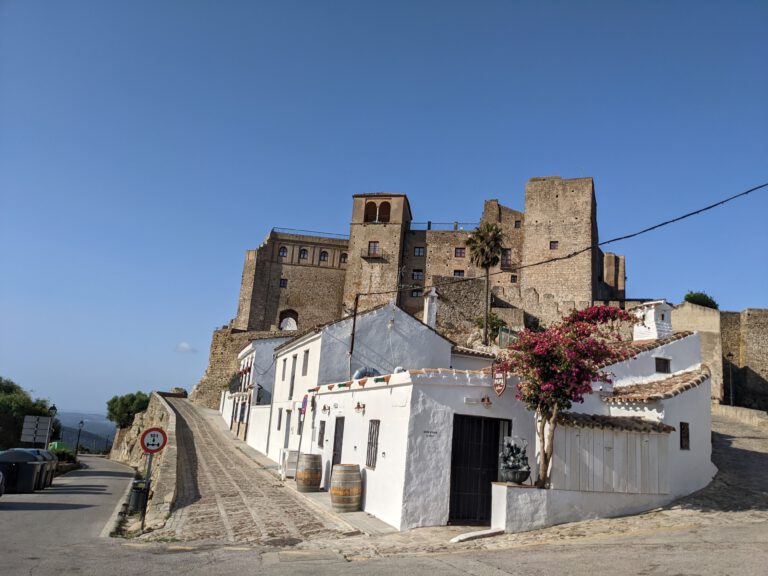Almuñécar – Exploring a beautiful small town in Andalusia
You probably haven’t heard of Almuñécar, but we don’t want to withhold this special place from you. Almuñécar may not be…

You probably haven’t heard of Almuñécar, but we don’t want to withhold this special place from you.
Almuñécar may not be a big city in Andalusia like Malaga or Granada, but it is a small coastal town that will cause unforgettable memories.
It is also perfectly located, so that you can do day trips within an hour and visit the big cities.
This small place located by the beach is the perfect hideaway, if you want to relax, but also want to have options to explore the surroundings.
Besides its beautiful beaches, Almuñécar has a rich history that is worth exploring.
Here are the most important historical facts about Almuñécar, Spain:
The town was founded by the Phoenicians (c. 800 BCE) and known as “Sexi.” This is why you often read the word “sexi” in many company names, when you stroll through the streets. And we were a bit confused, when we read it without knowing its origin at first.
Conquered by the Romans in the 3rd century BCE and developed as “Firmum Iulium Sexi” the city became a center for fish salting and garum production.
It was incorporated into the Nasrid Kingdom of Granada in the 13th century, with notable defensive structures like the Castillo de San Miguel, which you can visit today.
In 1489 the Christian Reconquest took place. It was captured by the Catholic Monarchs Ferdinand and Isabella, ending nearly 800 years of Muslim rule.
In the 19th-20th Almuñécar transitioned towards tourism, leveraging its historical sites, favorable climate and beaches.
These key points encapsulate Almuñécar’s rich and diverse history.

Here are some Must-Sees in Almuñécar:
- Castillo de San Miguel: This castle, with origins dating back to the Phoenicians and later fortified by the Moors, offers stunning views all over the town and beach and a glimpse into the town’s defensive past.
- Cueva de Siete Palacios: An archaeological museum housed in what was once a Roman cistern, featuring artifacts from various periods of Almuñécar’s history.
- Roman Aqueduct: The remains of this ancient aqueduct highlight the town’s Roman engineering prowess. It is a bit hidden, but worth visiting.
- Parque El Majuelo: A botanical garden with a collection of tropical plants, also home to the ruins of a Roman fish-salting factory. Also there are many events taking place in the park, so it is worth checking out the program.
- San Cristobal Beach: One of the main beaches in Almuñécar, offering beautiful views and a range of amenities.
- La Herradura Bay: A picturesque bay ideal for swimming, diving, and other water activities.
We fell in love with this beautiful town at first sight and hope to give you some insights and reasons to experience Almuñécar yourself.




Image Credits: Travel Spain /// J.C. García Arrocha & Lilli Butzbach






